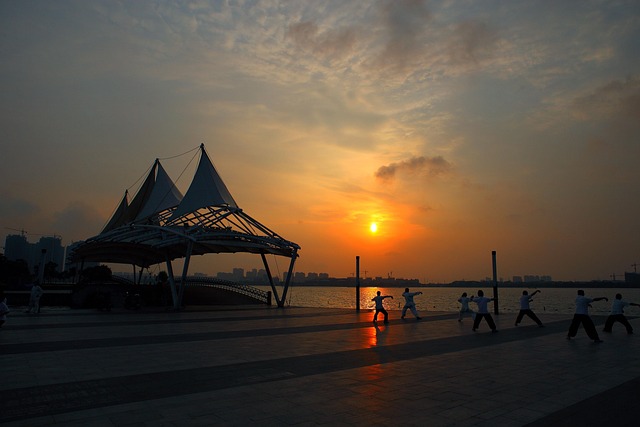In recent years, a growing trend has seen consumers prioritize supporting local businesses, significantly transforming urban landscapes, particularly in real estate. Independent retailers and restaurants are vital to community vibrancy, offering unique experiences and shaping neighborhood character. They stimulate the local economy, increase property values, and attract residents and visitors, creating dynamic spaces that enhance quality of life. This trend has led real estate developers to create tailored spaces for local enterprises, further boosting the desirability of urban areas for both living and visiting.
In today’s competitive market, vibrant local shops and restaurants are thriving, becoming integral parts of their communities. This phenomenon is not just about delicious meals or unique goods; it’s a cultural shift towards supporting independent businesses. The rise of this local business culture is fueled by consumers’ desire for authentic experiences and the significant impact these establishments have on community vibrancy and economic growth. Explore how real estate plays a pivotal role in their success and discover strategies to sustain and grow this thriving local scene, from marketing techniques to community partnerships.
The Rise of Local Business Culture

In recent years, there’s been a noticeable shift in consumer preferences towards supporting local businesses. This rise in local business culture is transforming urban landscapes, particularly in the realm of real estate. As folks increasingly seek unique, vibrant experiences, local shops and restaurants are becoming the heart of bustling communities. The trend emphasizes quality over quantity, fostering a sense of neighborhood and cultivating a rich tapestry of local economies.
This phenomenon is not just about the appeal of independent stores; it’s also driven by the desire to preserve the soul of cities. In contrast to large corporates, local businesses often leave indelible marks on their communities, creating labyrinthine networks that enhance the overall quality of life. Real estate developers are now responding to this shift, designing spaces that cater to local enterprises and the diverse needs of their patrons.
– Exploring the appeal of independent retailers and eateries

Independent retailers and restaurants are a vibrant thread weaving through the fabric of any community, offering a unique shopping and dining experience that big-box stores and chain eateries often struggle to replicate. These local businesses bring a sense of character and personality to neighborhoods, transforming urban landscapes into diverse and dynamic spaces. Customers appreciate the charm and individuality each shop exudes, fostering a strong connection between patrons and their communities.
In real estate terms, the presence of these independent retailers can significantly enhance a neighborhood’s appeal. They contribute to a thriving local economy, attract foot traffic, and create a vibrant atmosphere that draws in a diverse range of customers. This, in turn, can lead to increased property values and a stronger sense of community, making these areas highly desirable places to live and visit.
– How they contribute to community vibrancy and economic growth

Vibrant local shops and restaurants play a pivotal role in enhancing community vibrancy and driving economic growth. These establishments act as the beating heart of neighborhoods, fostering a sense of belonging and connection among residents. By offering unique products and services tailored to the local market, they attract not just nearby neighbors but also visitors from other parts of the city, thereby increasing foot traffic and stimulating local economies.
In terms of real estate, thriving local businesses can significantly impact property values and rental rates. A bustling high street or a popular culinary destination can make an area more desirable, leading to higher demand for residential and commercial spaces. This positive feedback loop creates a vibrant urban environment where people want to live, work, and play, ultimately reinforcing the local economy’s strength and resilience.






